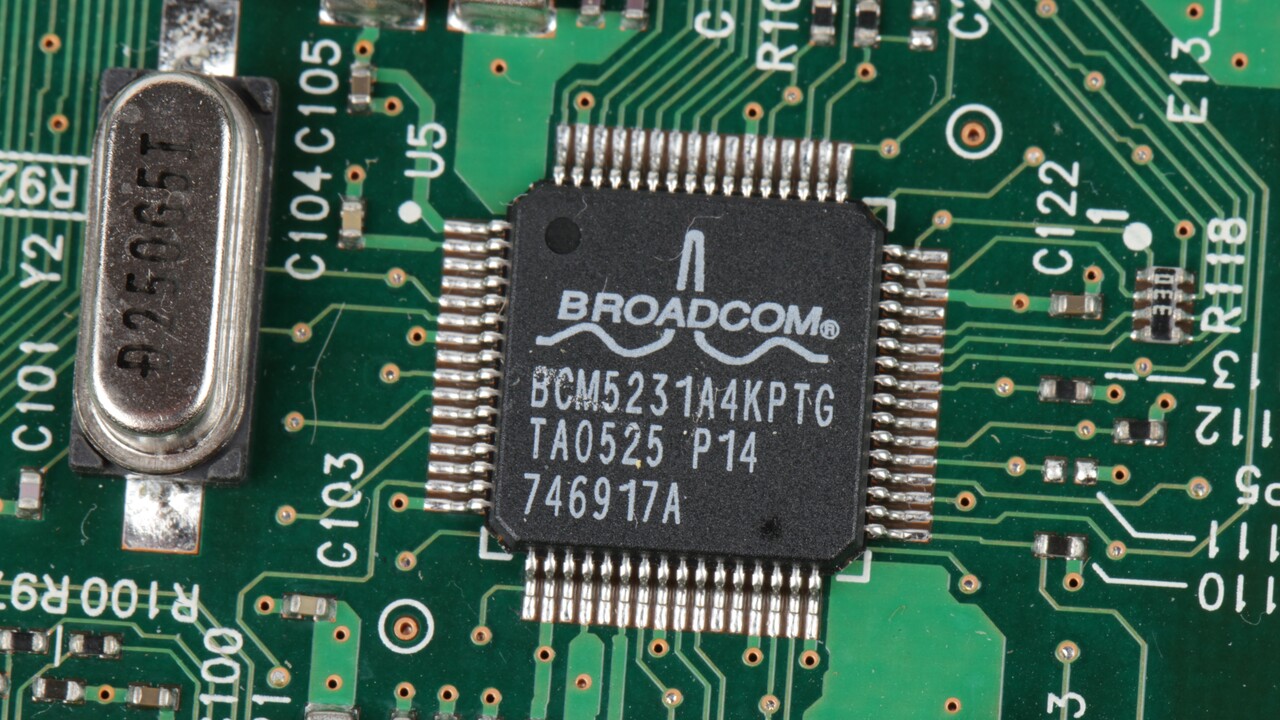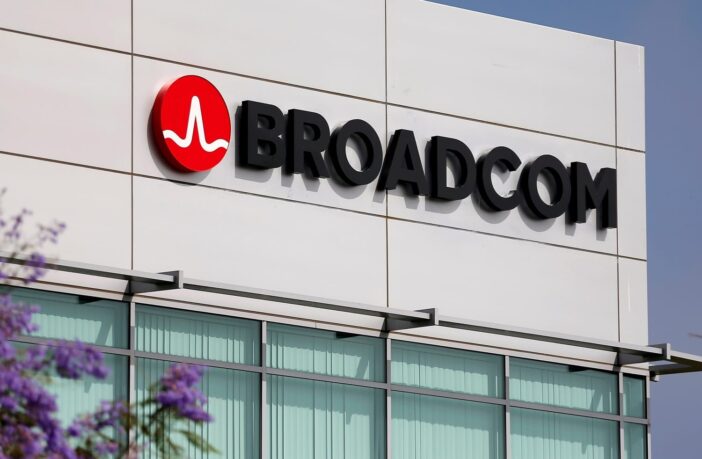Broadcom tries to reduce debt after buying VMware
Broadcom sells US$5 billion worth of bonds. The aim is to raise funds to refinance part of the loan it took out to acquire VMware. The deal with that company cost Broadcom US$69 billion.
The debt was split into three tranches. The longest had a yield of 0.95p on gilts. The company announced the sale of the securities seven months after acquiring VMware. Broadcom had previously raised more than US$28 billion through debt. It also raised funds through a short-term loan.
The debt sale consisted of three parts:
– A-2 loan totalling US$10.7 billion;
– a second A-3 loan of a similar amount;
– the third A-5 was for US$7 billion.
According to Bloomberg’s Robert Schiffman, Broadcom’s current bond issuance comes from its desire to enhance its duration profile. It will reduce the company’s debt in the medium term.
It is worth noting that in 2022, the company received a bridge loan to buy VMware. The financing was US$32 billion, the largest figure in the M&A sector for the period. Previously, banks had approved loans to the AT&T unit for more than US$41 billion. The financing supported the company’s merger process with Discovery Corporation.

About the company
Broadcom is an American manufacturer of semiconductor products and software. The company is the result of the merger of several companies. The Hewlett-Packard division was the foundation. The company also began to expand its operations actively. In 2015, a deal with Broadcom took place, after which the company changed its name and received its current name. As a result of the acquisition, the company became the seventh-largest semiconductor manufacturer in the world. Since then, the company has continued to expand, with more and more companies joining the fold.
Broadcom’s shares are traded on the Nasdaq. Capital Group is the largest shareholder, with 14.7%. Vanguard Group is second, with 11.9%, and BlackRock is third, with 10.5%.
Key markets for the company in 2023 were:
– China accounting for 32% of the company’s revenues;
– USA with a 19% share;
– Singapore, which accounted for 13% of total revenue.
Apple Corporation is to be the leading buyer of the products. It accounts for 20% of profits.
Semiconductor manufacturing facilities are in the US and Singapore. However, contract manufacturers, including TSMC, produce most of the products. Foxconn, ASE Group and other factories assemble the devices.




